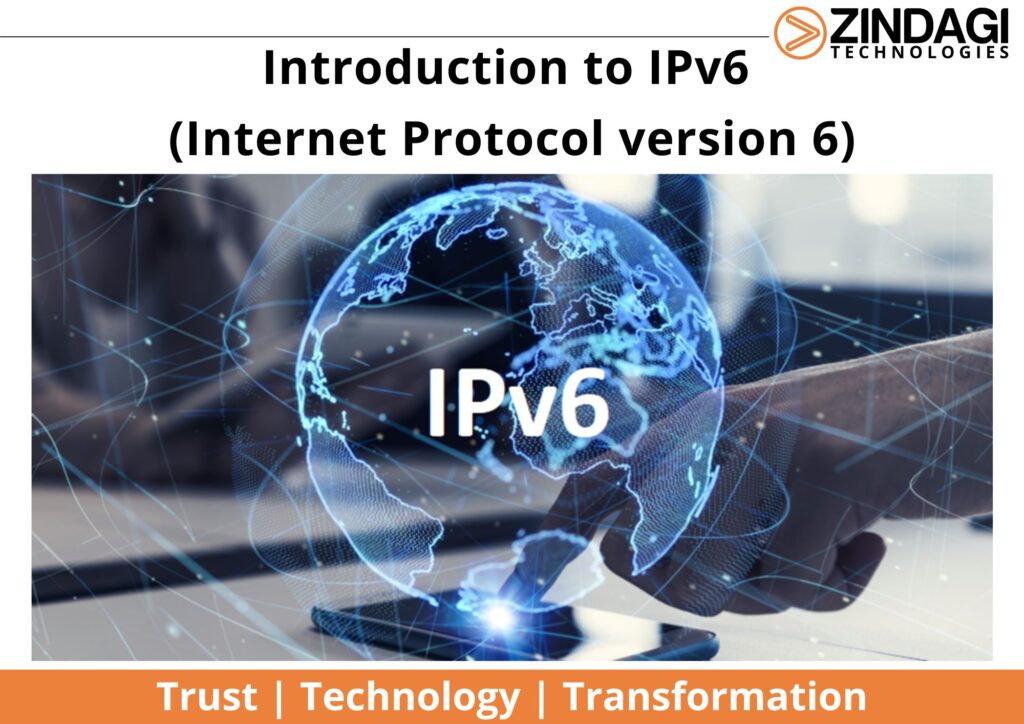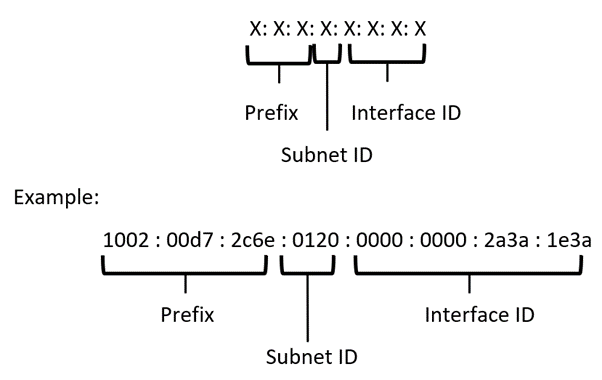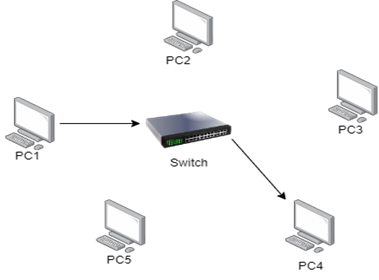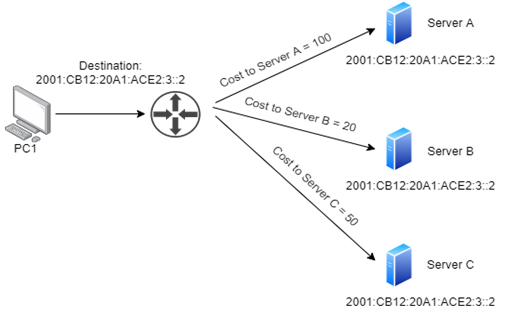Introduction to IPv6 (Internet Protocol Version 6).

IPv6 or Internet Protocol version 6 is the upgrade version of IPv4 or Internet Protocol version 4. IPv6 provides a unique identity to the devices on the Internet. IPv6 is a network layer protocol designed by Internet Engineering Task Force (IETF). In this blog, we will cover IPv6, the advantages of IPv6, IPv6 address, and Address modes.
IPv4 (Internet Protocol version 4) has only 32 bits addresses which give only more than 4 billion addresses. These addresses are not sufficient for today’s requirements. Overcome the limitations of address, we started VLSM (Variable Length Subnet Mask) and NAT (Network Address Translation) and PAT (Port Address Translation) to convert the many Private IP (Internet Protocol) addresses into a single Public IP address. But IPv6 (Internet Protocol version 6) has 128 bits addresses which provide enough IP addresses for network devices.
Advantages of IPv6
- Increased Capacity: IPv6 is based on 128 Bits addressing, it provides more address space as compared to IPv4.
- More Efficient Routing: IPv6 reduces the size of routing tables.
- No Broadcast traffic: IPv6 supports multicast rather than broadcast. Large data packets are sent across multiple destinations all at once which saves the network bandwidth.
- Simplified Network Configuration: IPv6 supports the auto-configuration mode of its host devices. In absence of a DHCP (Dynamic Host Configuration Protocol) server, inter-segment communication does not hamper.
- Mobility: IPv6 provides the mobility feature to the hosts (such as a Mobile phone) to remain connected in a different geographical area with the same IP address.
IPv6 Address
IPv6 address is 128 bits and divides into eight 16 bits blocks or fields. Each block is converted into 4-digit hexadecimal numbers. Each block is separated by a colon (:) symbol.

The left three blocks or fields (48 bits) contain the site prefix which describes the public topology. This is allocated by an ISP (Internet Service Provider) or RIR (Regional Internet Registry).
The next fields (16 bits) contain the subnet ID which describes the private topology also known as the site topology. This is allocated by you or the administrator.
The right four fields (64 bits) contain the interface ID which is automatically configured from the interface’s MAC address or manually EUI-64 format.
Shortening IPv6 Address
IPv6 addresses are quite long. We have IPv6 rules to shorten the address.

Let us take this example to understand the rules to shorten the IPv6 address
Rule1: In example block 2, 00d7, the leading 0s can be removed, such as:

Rule 2: If two or more blocks contain consecutive zeros, then you can remove them all and replace them with a double colon (::) such as:

Rule 3: If single blocks have all zeros, then you can remove them and replace them with single zeros.

IPv6 Address Modes
Unicast
Unicast IPv6 addresses are the same as unicast IPv4 addresses. When a switch or router receives a unicast address IP packet, it sends it to a single host which unicast address is mentioned in IP Packet. It is one-to-one communication.

In Figure, PC1 wants to send the packet to only PC4.PC1 uses its address as a source and PC4’s address (Unicast address) as a destination address. Then only PC4 will receive this packet.
Multicast
In a single term, we can say, one to many or single devices sends a packet to multiple devices. In multicasting, devices that are interested to receive multicast addresses should first join that multicast group.

Anycast
Anycast is an address that can be assigned to multiple devices and advertised in a routing protocol. When you send a packet to an anycast address then it will be routed to the closest or nearest interface. An IPv6 anycast address uses the same address range as global unicast addresses.

In the figure, PC1 sends a packet to the destination address of 2001:CB12:20A1:ACE2:3::2. Cost to Server B is the lowest cost of all servers means Server B is the nearest server, so the packet will be routed to the Server B.
We will continue this blog in Part 2 where we will discuss configuring routing protocols in IPv6 and know IPv6 in more detail.
Zindagi Technology is a Top leading IT consulting company in Delhi. We have successfully completed a lot of projects in the Public and Private sectors. Zindagi Technologies consultants have expertise in the field of designing, building, and maintaining large-scale Networks. If you require any support, Please Contact us, drop us a message at +91-9773973971 or get in touch with us via email. Follow us on LinkedIn and keep in touch with the latest technology blogs.
Author
Shobhit Garg
Associate Consultant

Introduction To IPV4 And Its Classes | Zindagi Technologies
November 3, 2022[…] Nowadays we are also using the enhanced version of IPV4 which is IPV6. […]
Address types of IPv6 | Zindagi Technologies
November 19, 2022[…] blog is a continuation of the Introduction of the IPv6 Series. In Part 1, we discussed the basic Introduction of IPv6, and the basic address used in IPv6, […]